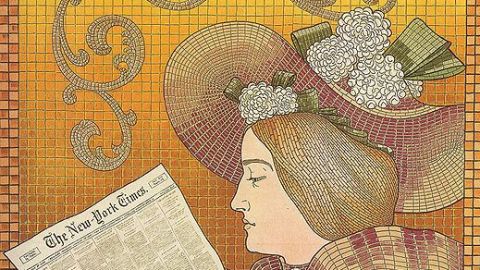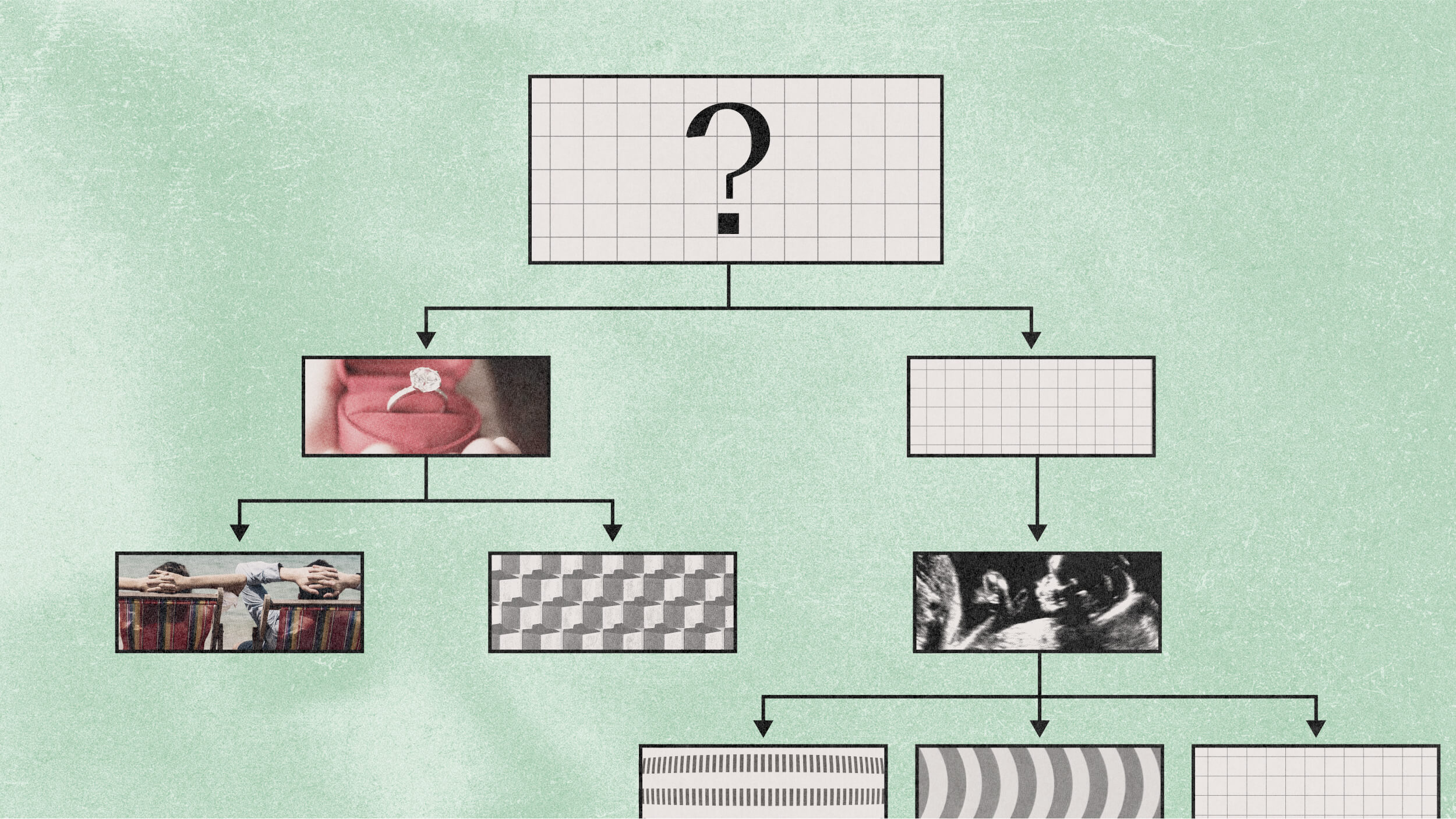Back To The Future With Timescast Webisodes

I’ve been a New York Times junkie since I was thirteen years old. This in itself shouldn’t be a big deal, but if you grew up in a small Southern town in the seventies, it wasn’t like you could buy a copy from the bodega on the corner, namely because we had no bodegas. The lone newsstand in our town was the only place to go to get out of state newspapers. The New Yorker was the gateway periodical. Their writers talked about “The Times” so much that one week, I ponied up and purchased, for what seemed like an enormous sum at the time, the biggest Sunday paper I’d ever read in my life.
I got that first issue of the Times in the middle of the week. Several days had elapsed since it was printed, so I was literally rereading the news I’d already seen in our state and local papers. It was amazing to me how much more detail the Times articles contained than the papers I was used to reading. This was when I learned, for instance, that stories by the Associated Press went on for more than two or three paragraphs. In later years, when I got my driver’s license, I would occasionally drive the forty miles to the state capitol, where their premier newsstand got the Sunday times about midday on Sunday, so I could read it while the news was still fresh.
Now, with the internet, I can read parts of the Sunday Times before the physical newspaper hits the coffee shop down the street. It was on Twitter that I clicked a link to the New York Times latest foray, Timescast, a multimedia presentation that takes you into the newsroom of the “paper of record” to see how they decide what is going to be the news.
The comments I read about it from fellow Twitterers seem to be of the peevish, nitpicking variety — a reporter got the name of a country’s leader wrong, or a reporter seemed to lack some key facts — especially when it is clear that these stories will be fleshed out, rewritten, revised, edited, and vetted before becoming the news. It was the comments in “The Danger of Always Being On” by the Times public editor on Sunday, though, that bothered me the most. He talked about the way the cameras had altered how people dressed, how they spoke, and most importantly, what they said at these meetings.
Ironically, the amount of satisfaction I got from watching what is basically a mockup of a future story, with a few seconds of video, a few pictures scrolling by, and a quick glimpse of the reporter as they boil down the story to its essentials is almost the same kind of fulfillment I got thirty years ago while reading three day old news.
Which can’t be a good thing for the New York Times.





